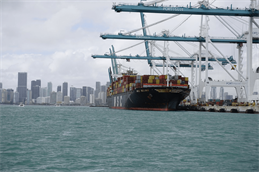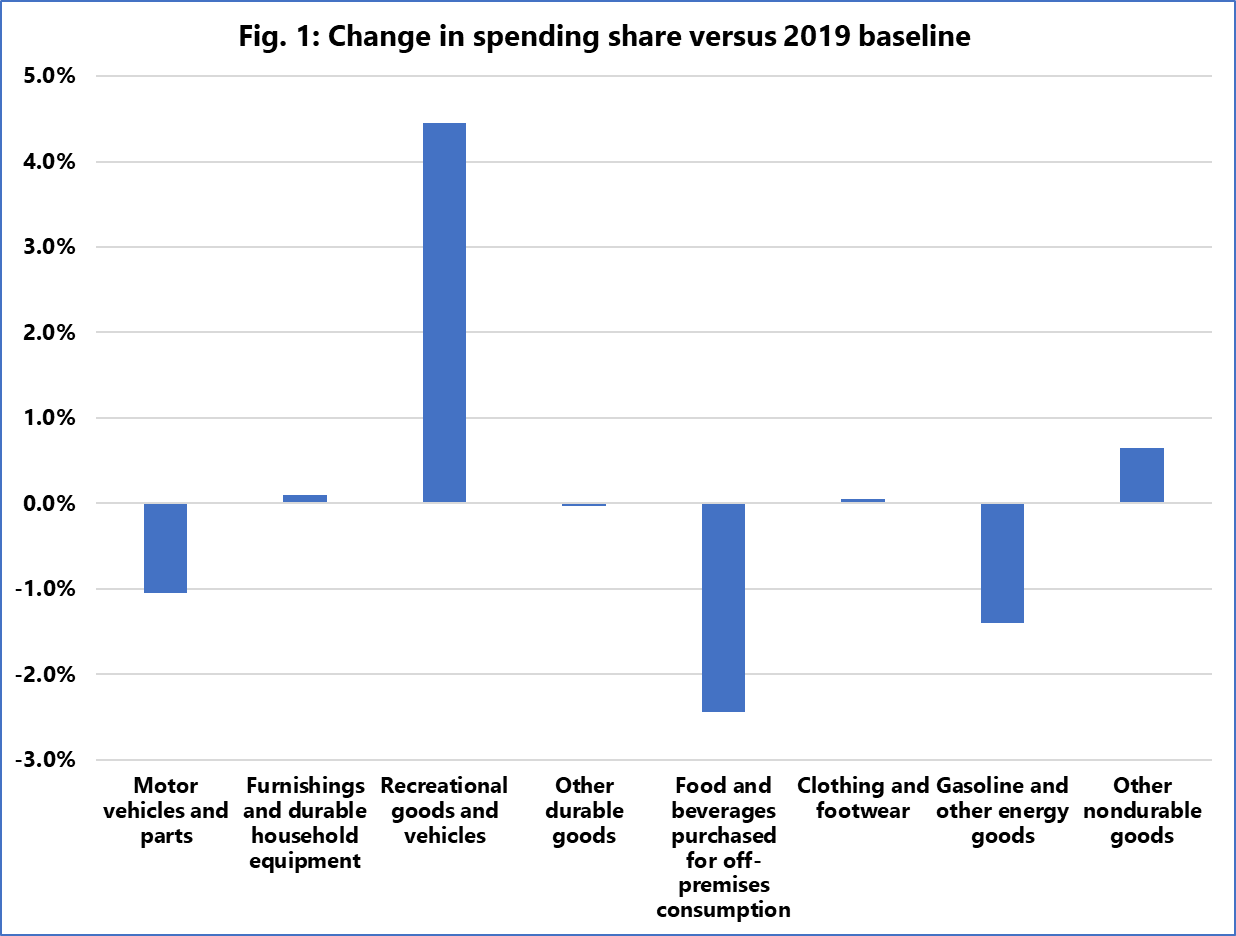
US consumers have reportedly been spending higher than levels seen pre-pandemic, but most of those not traditionally moved in containers, according to a new report by Sea-Intelligence.
The Danish maritime intelligence firm analysed the US consumer spending data (published by the US Bureau of Economic Analysis), allowing it to see whether the subcomponents driving the spending on goods are slanted towards elements moving predominantly in containers or non-containerized goods.
"Overall, compared on an annualised basis versus 2019, even though the growth rate has been tapering off to a little under 5%, in absolute terms, we are still at a higher spending level than pre-pandemic," Sea-Intelligence said.
Spending on non-durable goods has essentially stagnated since 2021, albeit with a tiny uptick in February 2024. However, spending has been growing primarily for durable goods.
Sea-Intelligence noted that to elaborate on this, the firm calculated the difference between the average share of total goods spending for each of the major sub-categories in 2019-FY and February 2024, with the result shown in Figure 1 below.

[Source: Sea-Intelligence]
"We see a large increase in relative importance for recreational goods and vehicles," commented Alan Murphy, CEO of Sea-Intelligence.
The report said in 2019, the average US consumer spent 10.2% of their consumption on goods related to recreational goods and vehicles.
In February 2024, this had increased to 14.7%.
"While this looks good from a container shipping perspective, if we drill down into details, we find that the goods showing strong growth are those not traditionally moved in containers," Murphy said.
"This is important because, while growth in overall spending on goods in the US is in general still holding up at levels higher than prior to the pandemic, it is now often in categories where the goods in question are not traditionally moving in container."
The Sea Intelligence chief said this presents the shipping lines with the challenge that the economic growth "does not lead to the expected growth in container volumes that they would usually assume."



